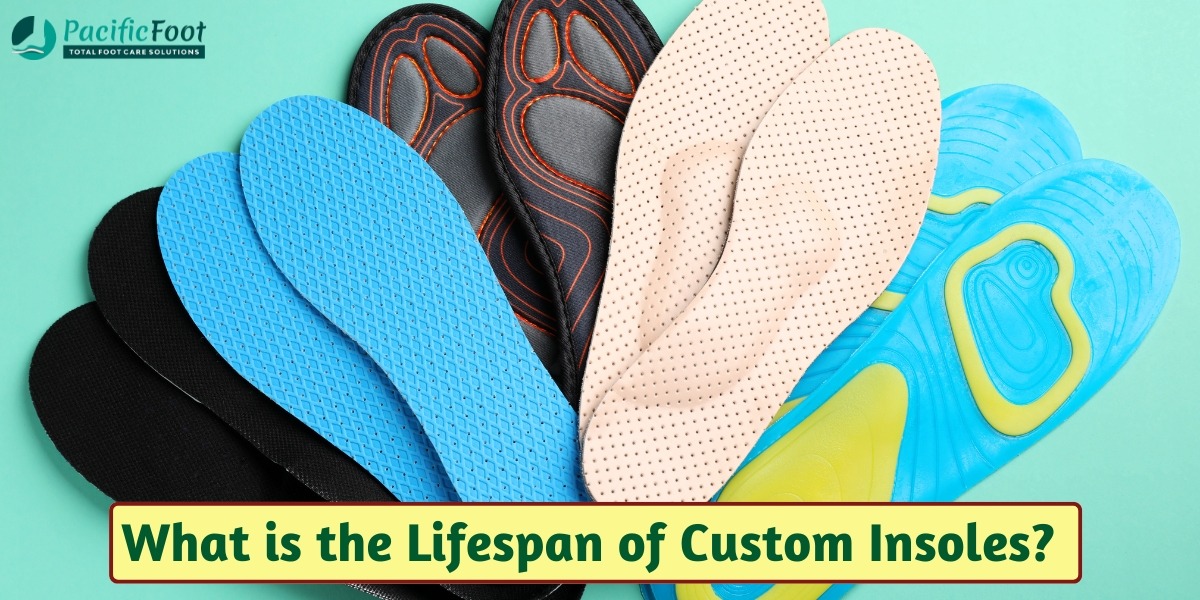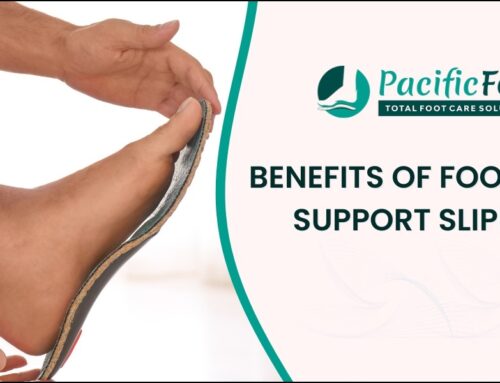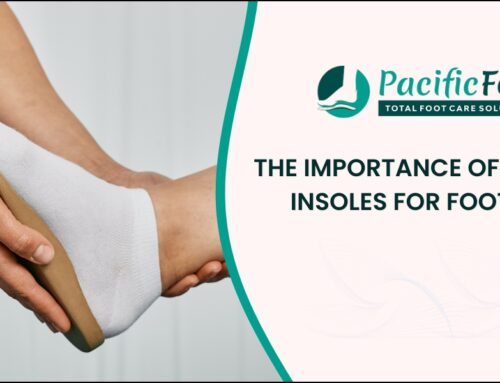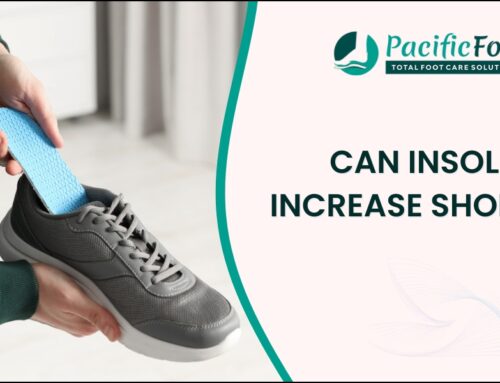Custom insoles, also known as orthotics, are a valuable investment for those seeking enhanced comfort, support, and relief from foot-related ailments. However, one common question that arises is: What is the lifespan of custom insoles? Understanding the durability and longevity of custom insoles can help users maximize their benefits and ensure optimal foot health.
Factors Influencing the Lifespan of Custom Insoles
The lifespan of custom insoles is not fixed and can vary significantly based on several factors. By comprehending these factors, users can better anticipate how long their insoles will last and when they might need to consider a replacement.
Material Quality and Durability
The quality of materials used in the construction of custom insoles plays a pivotal role in their longevity. High-quality materials, such as EVA (Ethylene Vinyl Acetate), polyurethane, and carbon fiber, are known for their durability and resistance to wear and tear. Insoles made from these materials can typically last longer compared to those made from lower-quality substances.
Usage Frequency and Intensity
The frequency and intensity of use significantly impact the lifespan of custom insoles. Individuals who use their insoles daily or engage in high-impact activities, such as running or sports, may find that their insoles wear out more quickly. Conversely, those who use them less frequently or for less demanding activities may experience a longer lifespan.
Footwear Compatibility
The type of footwear in which custom insoles are used can also affect their durability. Shoes that are well-fitted and provide ample space for the insoles can help prolong their life. On the other hand, tight or ill-fitting shoes can cause the insoles to compress and wear out faster.
Foot Structure and Biomechanics
Every individual has a unique foot structure and biomechanical pattern, which can influence how custom insoles wear over time. Factors such as weight, gait, and foot deformities can all affect the pressure and stress placed on the insoles, impacting their longevity.
Care and Maintenance
Proper care and maintenance are crucial in extending the life of custom insoles. Regular cleaning, avoiding exposure to excessive moisture, and allowing the insoles to air out can prevent deterioration and prolong their usability.
Signs That Your Custom Insoles Need Replacement
While custom insoles are designed to be durable, they are not immune to wear and tear. Recognizing the signs that indicate the need for replacement is essential to ensure continued foot support and comfort.
Visible Wear and Tear
One of the most obvious signs that custom insoles need replacement is visible wear and tear. This can include cracks, tears, or significant flattening of the insole material. If the insoles no longer provide the same level of cushioning and support, it is time to consider a new pair.
Decreased Comfort
Over time, custom insoles may lose their shape and effectiveness, leading to decreased comfort. If you notice increased foot pain, discomfort, or fatigue despite using the insoles, it may indicate that they are no longer functioning as intended and need to be replaced.
Reduced Effectiveness
Custom insoles are designed to address specific foot issues, such as arch support, heel pain, or overpronation. If these issues begin to resurface or worsen, it could mean that the insoles have lost their corrective properties and require replacement.
Odor and Hygiene Issues
Persistent odor and hygiene problems can also be a sign that custom insoles need to be replaced. Over time, insoles can accumulate bacteria and sweat, leading to unpleasant smells and potential foot health concerns.
Changes in Footwear Fit
If your shoes no longer fit as comfortably with the custom insoles as they once did, it could be a sign that the insoles have worn down and are no longer providing the necessary support and structure.
Tips to Extend the Lifespan of Custom Insoles
While custom insoles will eventually need replacement, there are several steps you can take to maximize their lifespan and get the most out of your investment.
Regular Cleaning
Keeping your insoles clean is essential for their longevity. Follow the manufacturer’s instructions for cleaning, which typically involve using mild soap and water. Avoid soaking them and allow them to air dry completely before using them again.
Rotating Insoles
If you have multiple pairs of custom insoles, rotating them can help reduce wear and tear. This is especially beneficial for those who engage in various activities that place different demands on their feet.
Proper Storage
When not in use, store your insoles in a cool, dry place away from direct sunlight. Avoid leaving them in hot or humid environments, as this can accelerate material degradation.
Wearing Appropriate Footwear
Choosing the right footwear is crucial for the longevity of your custom insoles. Ensure that your shoes are well-fitted and provide adequate space for the insoles. Avoid wearing shoes that are too tight or too loose.
Monitoring Wear Patterns
Regularly inspect your insoles for signs of wear and tear. Pay attention to areas that experience the most pressure, such as the heel and ball of the foot. Early detection of wear patterns can help you address issues before they become severe.
The lifespan of custom insoles varies based on several factors, including material quality, usage patterns, footwear compatibility, and proper maintenance. By understanding these factors and taking proactive steps to care for your insoles, you can extend their durability and ensure continued foot support and comfort. Regular monitoring for signs of wear and timely replacement will help you maintain optimal foot health and enjoy the full benefits of your custom insoles.
For those seeking high-quality custom insoles in Pune, Pacific Foot Insole provides excellent solutions tailored to your specific needs. Their expertise in crafting durable and effective custom insoles ensures that you receive the best support for your feet.





